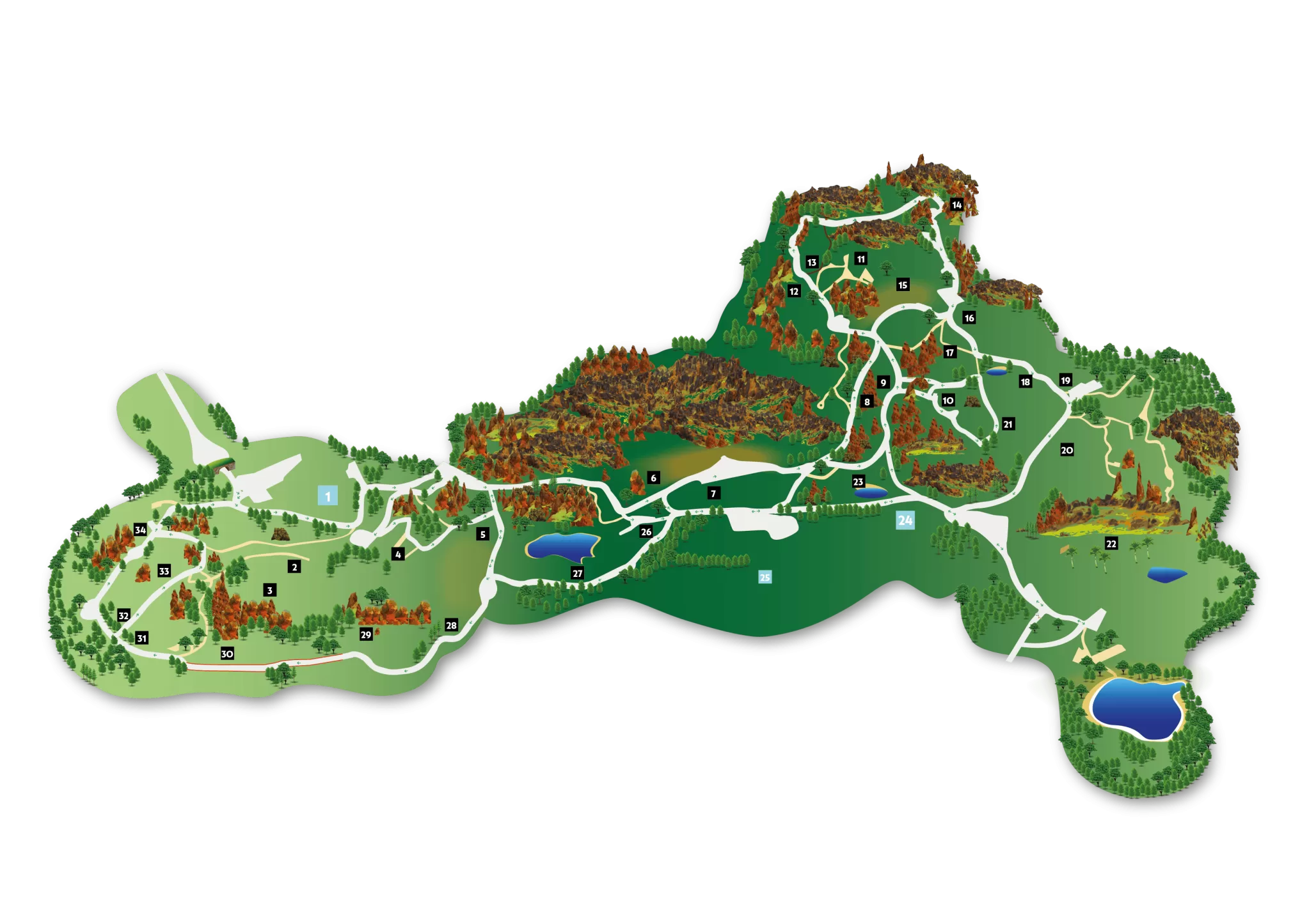
These wild equids combine beauty, resilience, and a complex social structure. Their adaptability and communal behavior allow them to survive in complicated environments of the African savanna.
Recognized by their distinctive black and white stripes, these have been the subject of multiple hypotheses. Some explanations suggest they can create an optical illusion to confuse predators, others claim they protect them from the tsetse fly, and there are also those who believe they help dissipate heat, acting as a natural ‘Venetian blind’. However, what is a proven fact is that the stripes serve as unique identification, as each zebra has an exclusive pattern, similar to a fingerprint.
Zebras live in herds composed of family groups led by a dominant male, who is always alert to danger. During migrations, group unity is essential for survival, as greater cohesion means better protection against predators. If a zebra gets injured, the herd reduces its travel pace or even waits for it until it can continue.”
Although zebras know how to swim, they avoid doing so unless there’s a strong incentive, such as the search for new pastures or the attraction of a mate on the other side of the bank. During the dry season, they need to drink at least once a day to stay hydrated. Regarding rest, they can sleep standing up in a state of light drowsiness or lie down for a deeper sleep. However, their total rest usually does not exceed three hours daily.
In the enclosure they inhabit in Cabárceno, they have hippos as neighbors next to the large Lake Sexta.







































































